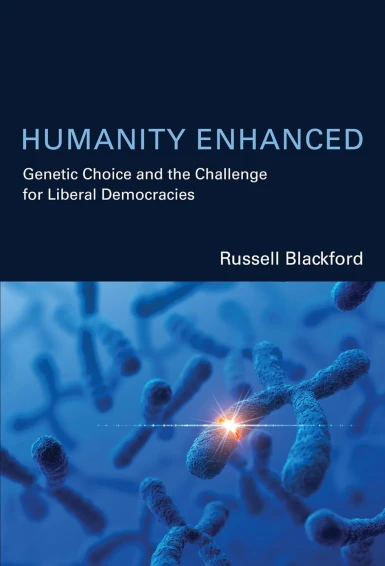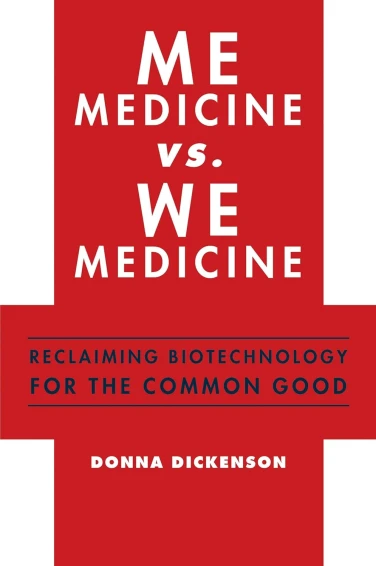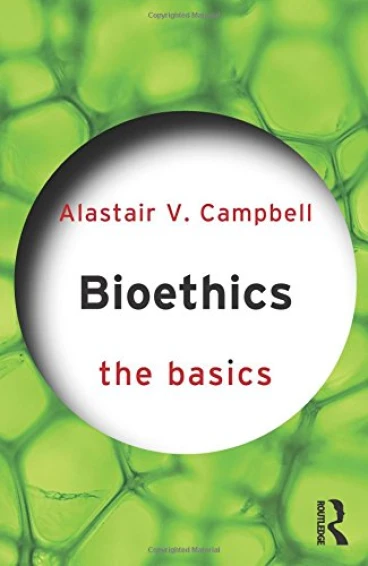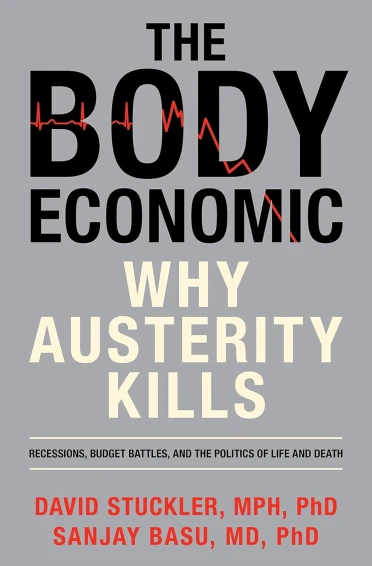
By Susie Orbach
Profile Books
ISBN 978-1-84668-019-9
RRP £10.99
Whether it is the latest TV ‘make over’ programme, the ‘Photoshop-ed’ images of cat walk models or the next best selling diet which attempts to guarantee a ‘better and healthier you’, society seems to be obsessed with one thing – the perfect body. Perhaps the pursuit of the perfect body would be a more accurate description considering the fact that the perfect body never seems to be reached but always manages to slip out of our grasp requiring us to reach for the next wonder working idea which will help us in our pursuit.
It is within this context that Susie Orbach’s latest book seeks to position itself issuing a clarion call to stop making the body a project that must be continually worked upon. Orbach is no stranger to matters of the body. As a young psychotherapist some thirty years ago, she highlighted the issues of eating and body image in her book ‘Fat is a Feminist Issue’. It was her belief that deep and complex social and psychological ideas and feelings were actually at the root of issues to do with thinness and fatness. Such was the power and influence of this belief that most people, who may never have opened the front cover of the book, will use with ease in the course of normal conversation terms such as “comfort eating”.
Bodies as projects
At the heart of Bodies is Orbach’s belief that rather than treating the body like a home which is under a programme of constant upgrading, renovation and decorating, something needs to be recaptured again of the wonder of the uniqueness of the body; our corporeality, so that our bodies “become a place we live from rather than an aspiration always needing to be achieved”. It is important to highlight that the author is not assuming a neo-luddite position towards new technologies, ideologies and practices which may help to take care of our bodies or overcome disability or impairment. In these contexts she seems to welcome such advancements in so far as they help to engage in the reality of personal and social questions which we are presented with through our embodiment. Contrarily, what she is objecting to is harnessing these technologies, ideologies and practices in a way so as to push beyond the limitations and boundaries of the body to achieve some better existence which is more often than not just mere fantasy.
Emancipation from the body
Littered throughout the book are useful and complimentary facts, figures and accounts from people which help to put a human face to the theory and arguments which Orbach advances. At no point do these accounts make for ‘comfortable’ reading however some are more shocking than others. For example the account of Andrew, a middle aged father who so badly wanted to ‘be free’ from his legs that he took the drastic measure of placing both legs in a single tight which he then packed with dry ice. The result was that both legs atrophied and had to be amputated thereby granting him his wish of emancipation from the ‘slavery’ and entrapment brought about by having legs. This is not only shocking in terms of exemplifying the extraordinary lengths someone would go to find supposed fulfilment but also because if the author is to believed there are increasing numbers of people who as a result of mirror neuron activity, recasting their view of their body and projecting someone else’s body they crave for on to their own. In the case of Andrew it was as he was growing up and encountering polio sufferers invoking a greater sense of love and empathy from others in contrast to his more strained and emotionless upbringing that spurred him on to attain that same form of acceptance.
The book is clearly written from the perspective of one who is a psychoanalyst and consequently draws extensively from psychotherapy techniques and understanding. This may put some off from reading the book or challenge preconceived understanding and belief. Nevertheless, the book provides a valid and useful contribution to current thinking and debate on the nature of the body. Even if the means by which Orbach comes to some of her conclusions may not be supported by all readers, certainly many of her conclusions make sense and form an urgent rebuttal to the zeitgeist’s pursuit for perfection.
Structure
The book consists of six chapters. Chapter one, entitled ‘Bodies in our times’ lays out the author’s thoughts and reflections on how the body is viewed today and unpacks her frustration with the commonly held belief that the body is a personal projects which needs to be worked upon.
Chapter two develops this idea further by exploring the idea that the desire to perfect and improve our bodies tends not to be so much due to a genetic predisposition for such things but more to do with visual exposure. Orbach refers to research into the mirror neuron system in animals, particularly monkeys. Researchers found that when they reached to pick up a peanut a certain group of cells in the frontal lobes of the brains fired. What was found to be unexpected and extraordinary was the fact that these same cells also fired when the monkeys merely saw one of the scientists pick up a peanut to eat it. Experiments involving human subjects have concluded the very same thing. When a human being watches another human being making a movement neurons fire in the same way as if we were making the movement. Whilst the mirror neuron cell has not yet been found in humans, there is a mirror system that operates in the same manner. Upon these findings, Orbach posits that we do not simply inherit our behaviour from our parents but we learn it from them as well. Developing this theory further with reference to the rise of modernity, whereas people have been emancipated from the belief that the circumstances and nature of their birth formulates their identity, paradoxically it has recast the body as a work-in-progress and set us off on an insatiable quest to transform our bodies in accordance with certain visual ideas.
The third chapter ‘Speaking bodies’ picks up on as it is explores how in a post-industrialised world, the body has become a series of visual images and a labour process in itself. It is here that Orbach particularly draws upon her psychotherapy background, providing helpful if at points slightly disturbing examples from individual cases she has worked with in psychotherapy sessions.
Putting to one side the scepticism this reviewer may have concerning psychotherapy and the near mystical ability Orbach claims to possess and can ‘tap into’, the practical implications arising from her work are very compelling. The culture of today tells us that we do not have to settle for the body au natural version 1.0 and we can pursue the perfect body and in so doing destabilise the commonly held beliefs about the body. However, in destabilising notions of the body, it has also destabilised our thinking and our minds with the result that how we view our corporeality is adversely affected.
We pursue what we are visually informed is perfect. As Orbach calls it, the “subtle tracery” of images that create a desire for a homogenous, westernised body abound. That is why in South Korea 50 per cent of young women are now having surgery to give them Western eyelids. Thousands of Chinese are suffering excruciating pain to have 10-centimentre rods inserted in their legs to make them taller. 11.9 per cent of teenage girls in Fiji became bulimic in the wake of television arriving in 1995 as they sought to become more like their Western television “idols”’.
The advent of the Internet and cyberspace helps to form the basis of chapter 4 which is entitled ‘Bodies real and not so real’. Here Orbach explores how the Internet has helped to democratise and extend the imagination of people causing them to “to enact their dreams within new communities of interest, however, obscure, idiosyncratic or fleeting” (p. 79). This chapter ties in well with the thesis of Miah & Rich’s book ‘The Medicalisation of Cyberspace’ reviewed last year by this reviewer and can be read here.
With increased opportunity and access to technologies which aid us in the so called perfection of the body, Orbach joins an ever increasing number of voices which are prophesying the imminent day when it will become common place for people to ask why you have not remodelled your body as though you were the odd one out for not doing it earlier. She makes the compelling point that actually whilst the creation and assuming of cyber identities may be seen to be an expression of freeing oneself from the limitations of the body – decorporealisation – paradoxically the way in which choice is expressed actually reveals deep rooted instabilities and insecurities in our beliefs and interaction with our bodies.
From here, the author explores the topic of enhancement with particular reference to the emergence of transhumanism. Having reached this chapter, readers will not be surprised that Orbach is not a proponent of the transhumanist philosophy. Nevertheless she presents a balanced argument surrounding this philosophy, concluding fairly accurately that in her opinion at the core of transhumanism is the desire to decoroporealise so that the physical body experiences no restriction, no boundary and no ordinary human frailty.
No book exploring the topic of the body can really avoid the matter of sex. Bodies is no exception and addresses this topic in chapter six by particularly looking at the sexual activity of young teenagers, seeking to contrast how images of masculinity and femininity are helping to shape sexuality. Interestingly Orbach probably comes to the same conclusion (but perhaps by different means) as those proponents who warn that young people are engaging in sexual activity far too early. According to Orbach these sexualities help to create a means of defence against vulnerability. Sexuality is the means by which bodies come together and meet but unless the emotional and bodily frailty exhibited by two people (which is a particular issue when the context concerns young teenagers) is accepted, true sexual fulfilment cannot be reached. For example, being ‘macho’ about sex, only provides a means of defence against the not quite knowing what or why you are doing it.
Conclusion
In the concluding chapter, Orbach pulls together the key themes and reflections of the body. In essence, she posits that today the body is regarded more as a casing for fantasy rather than a something from which to live. Her desire is that we do not flee from the body, either by working on it continually or adopting a transhumanist perspective of trying to escape from it entirely, but rather that we engage with the differences, challenges and questions that our bodies present to us at a psychological, personal and social level. Refreshingly Orbach does not seem to regard this as being some limiting and debilitating situation to be faced but in something which when embraced leads to more a fulfilled and enriched life.
For it is through such engagement that we actually arrive at a place of greater understanding about ourselves as opposed to creating and sculpturing bodies through which we can find the fulfilment we desire. This is a message which surely needs to be heeded and considered far more carefully as technology becomes more and more part of our lives and helps to re-cast our interaction with each other and the world in which we live.
The Internet is literally opening up new spaces for interaction and engagement. Enhancement technologies are presenting important ethical and social questions which call for informed and reasoned debate and more than just a tacit acknowledgement. If the survival of the human project is as important as many of us consider it to be engagement with issues of the body and embodiment is pertinent. Orbach’s book makes a helpful contribution to this dialogue.










